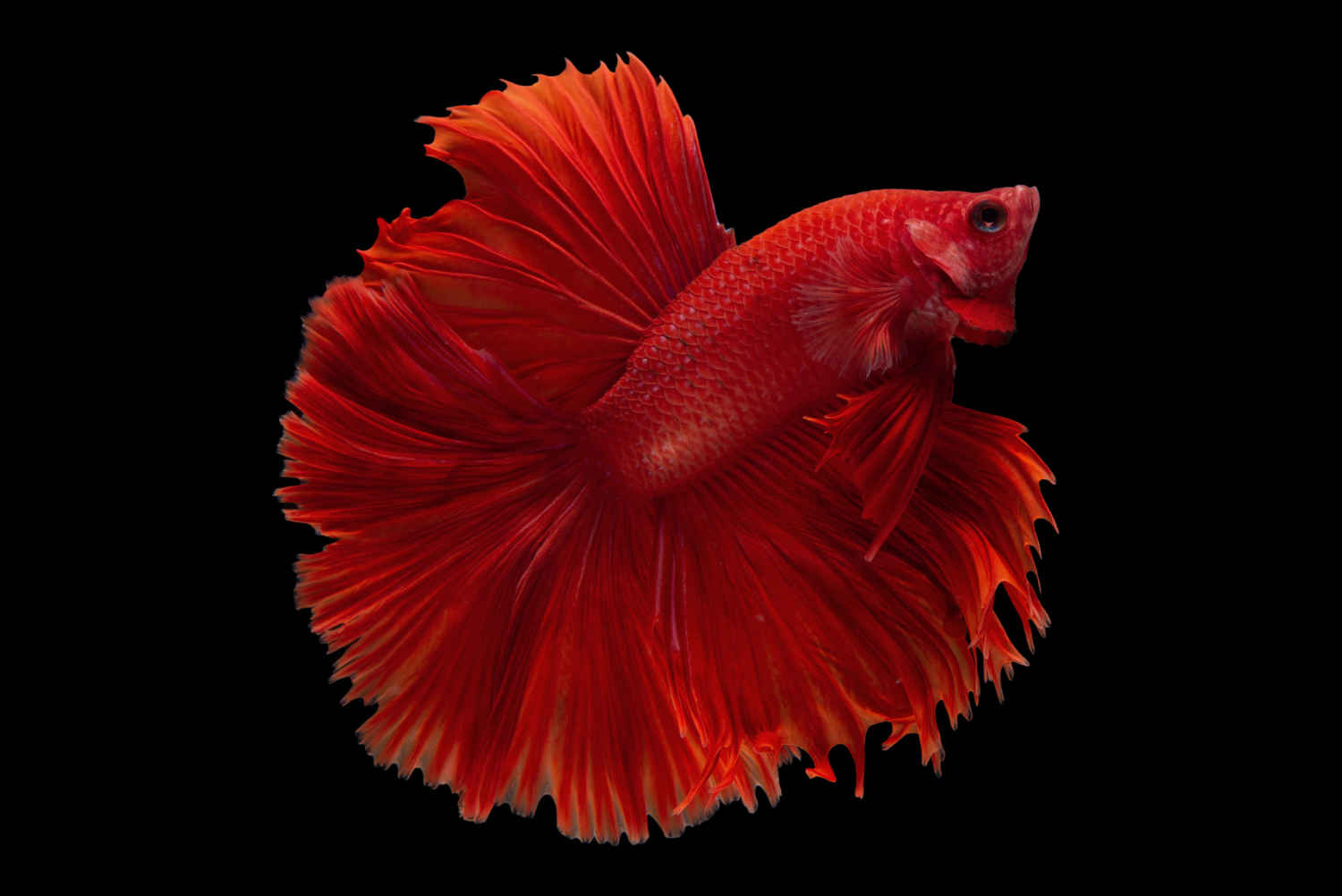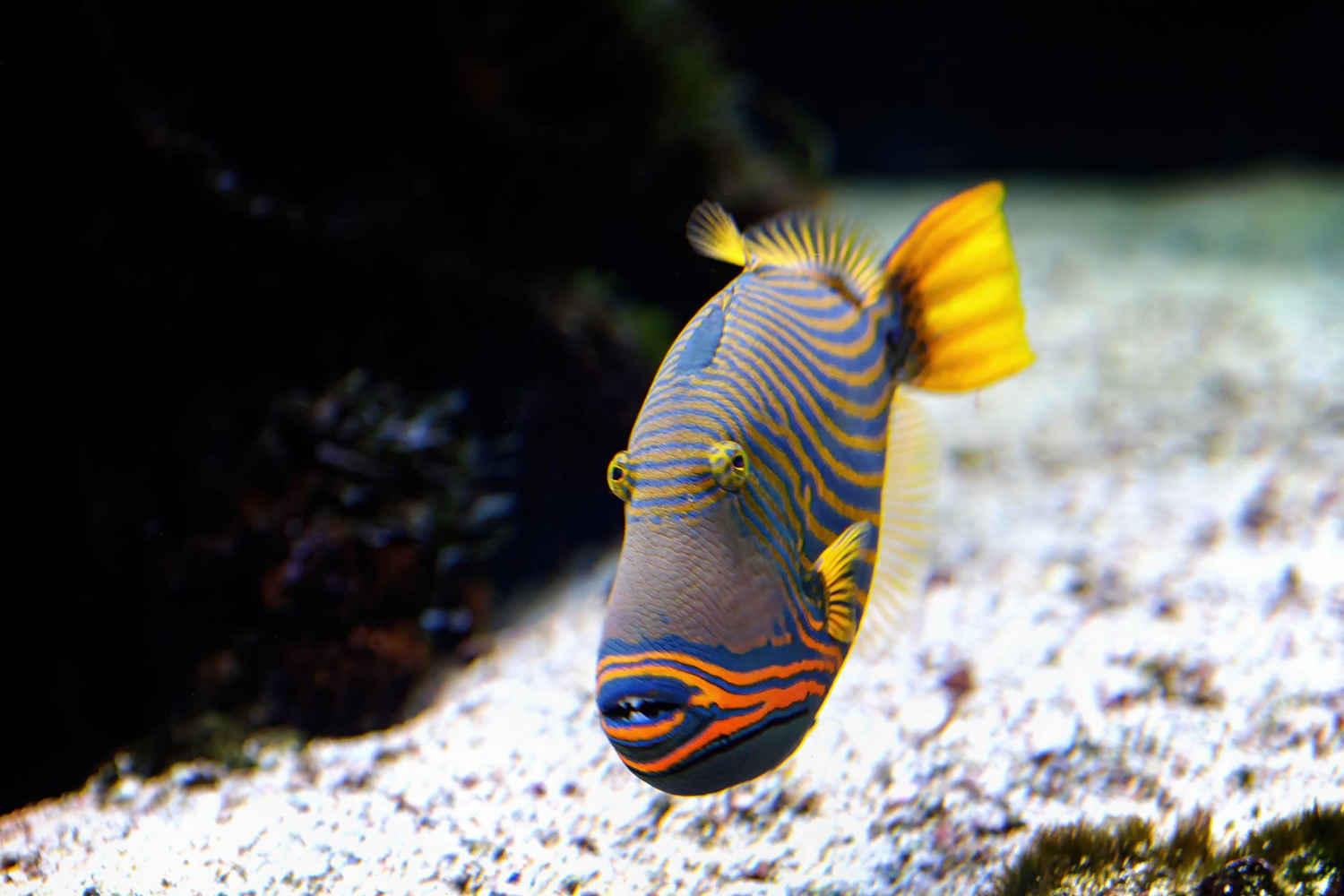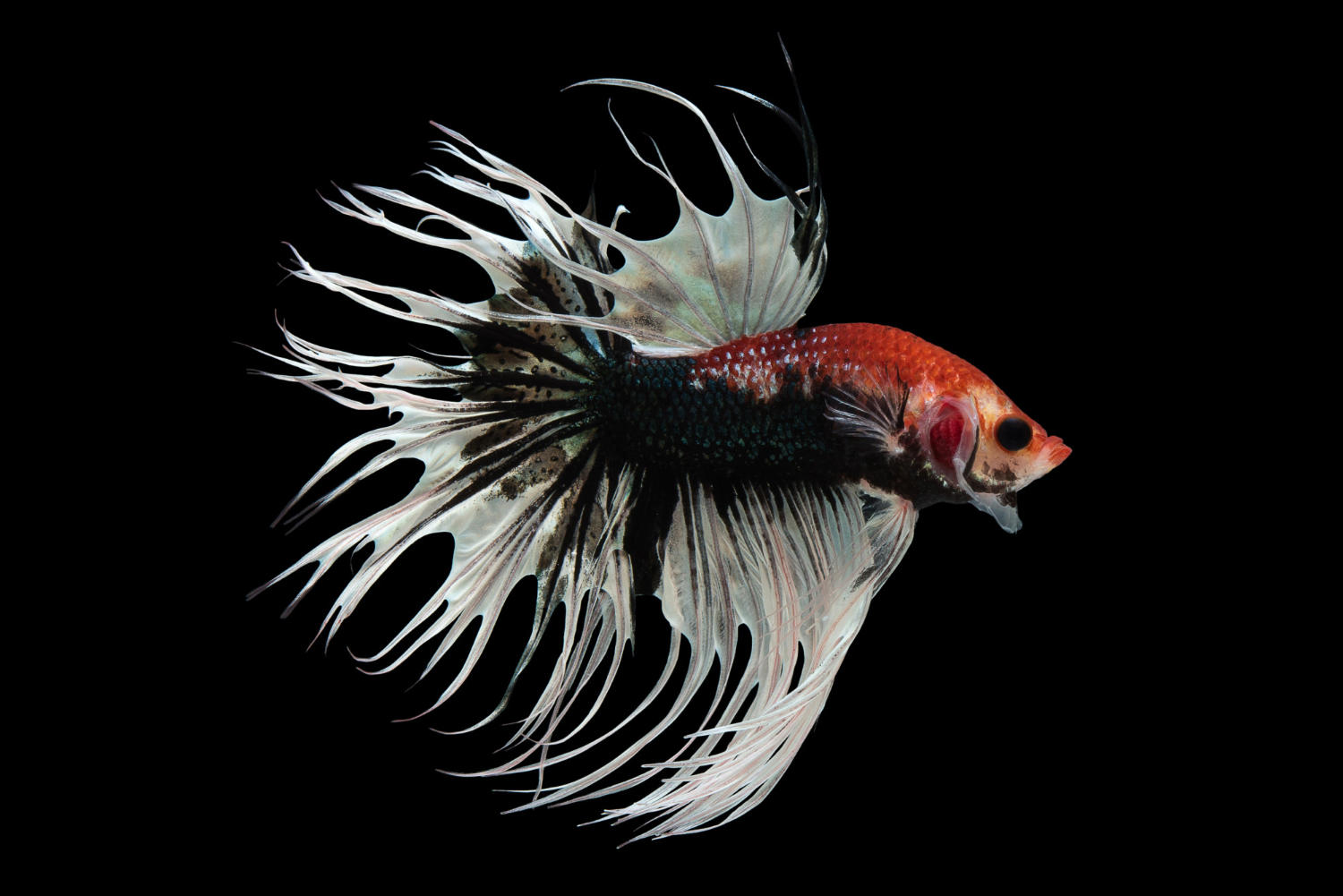Are you tired of dealing with an overgrowth of algae in your fish tank? Algae can be unsightly and, if left unchecked, can harm your fish and other aquatic life. But don’t worry, there are several simple and effective ways to control algae growth in your fish tank. In this blog post, we’ll share seven proven tips that will help you keep your fish tank clean, clear, and healthy. So whether you’re a seasoned aquarium owner or just starting out, read on to learn how to keep your fish tank algae-free.
Algae growth in a fish tank is a common problem that could ruin the beauty of your aquatic ecosystem. Algae are beneficial for your fish and the ecosystem, but too much of it could cause harm. It can cause oxygen depletion, block light, and consume essential nutrients that your fish and plants need to thrive. Fortunately, there are several effective ways to control algae growth in your fish tank. Here are the top seven ways:
- Reduce light exposure
Light is essential for photosynthesis, which is the process that enables plants to make food. However, too much light exposure can cause algae growth. You can reduce light exposure by using a timer to limit the number of hours your tank’s light is on.
- Add live plants
Live plants are the natural enemies of algae. They consume the same nutrients that algae need to grow, which starves the algae and reduces its growth. Adding live plants to your tank not only prevents algae growth but also provides a natural and healthy environment for your fish.
- Control feeding
Overfeeding your fish leads to excess food particles in the water, which create more nutrients for algae to feed on. You can control feeding by providing the right amount of food for your fish and removing any excess food from the tank.
- Regular water changes
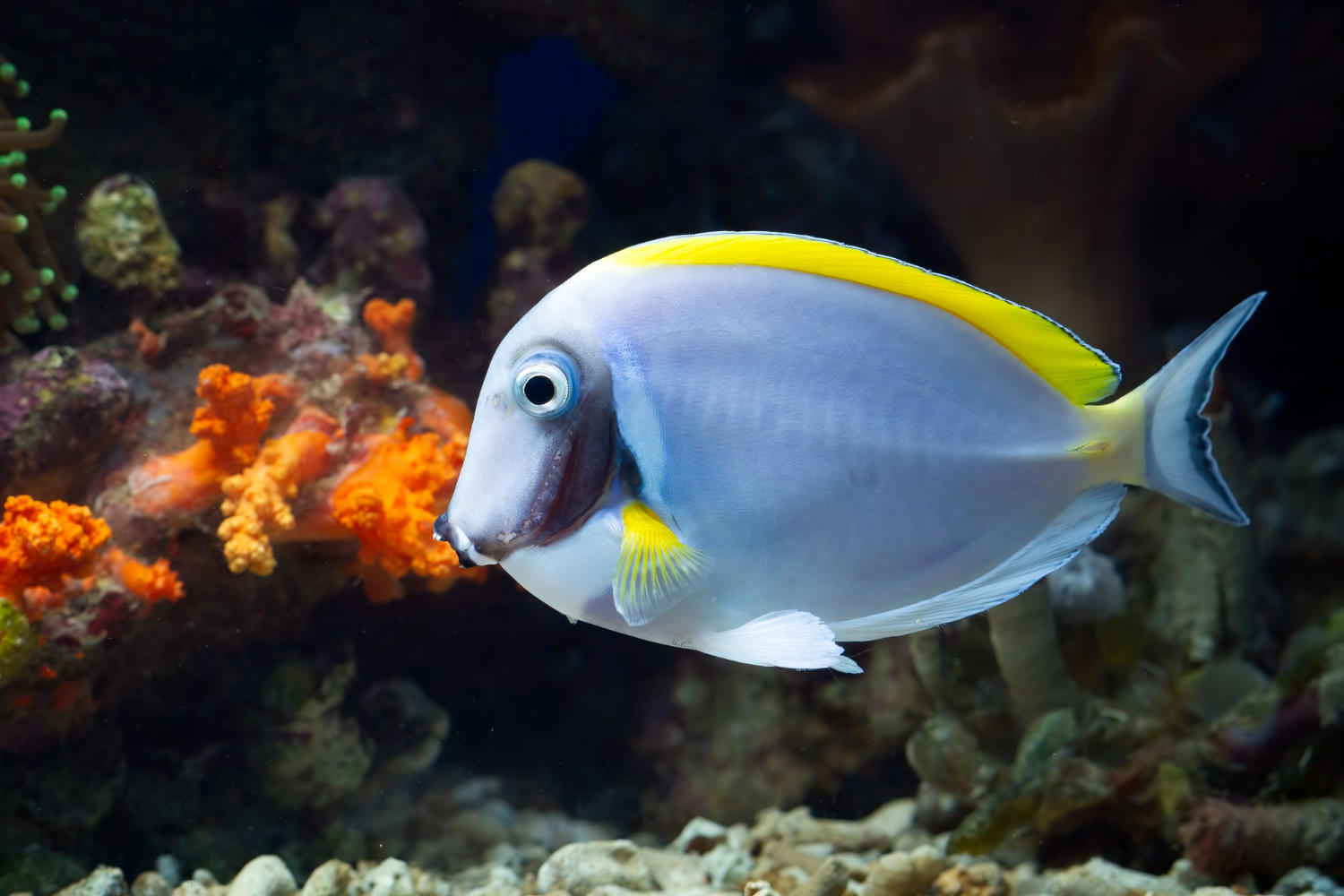
Regular water changes help to remove excess nutrients and waste products that contribute to algae growth. Aim to change around 10-20% of the water in your tank every week. This will also help to maintain healthy water conditions for your fish.
- Use a good filter
A good filtration system is essential for maintaining a healthy aquatic ecosystem. It helps to remove excess nutrients and waste products, which contribute to algae growth. Make sure to choose a filter that is suitable for the size of your tank and the type of fish you have.
- Add algae-eating fish
Algae-eating fish, such as plecos, catfish, and snails, are a great addition to your tank. They help to keep the algae under control by consuming it as their primary source of food. Make sure to choose a fish that is compatible with your other fish and that is suitable for the size of your tank.
- Use algae control products
There are several algae control products on the market that can help to reduce algae growth in your tank. These products come in various forms, including liquid, tablets, and powders. Be sure to read the instructions carefully and use the product as directed.
In conclusion, controlling algae growth in your fish tank requires a combination of different methods. Reducing light exposure, adding live plants, controlling feeding, regular water changes, using a good filter, adding algae-eating fish, and using algae control products are all effective ways to keep your tank clean and healthy. By following these tips, you can enjoy a beautiful and thriving aquatic ecosystem.
By following the tips and tricks we’ve discussed, you’ll be able to keep your fish tank algae-free and your fish healthy and happy. Remember to maintain a proper balance of light, nutrients, and water parameters in your tank. Regular maintenance, such as water changes and cleaning the tank, is also crucial in preventing algae growth. With these effective methods, you can enjoy a beautiful and thriving aquarium for years to come.
Please follow us on Social Media


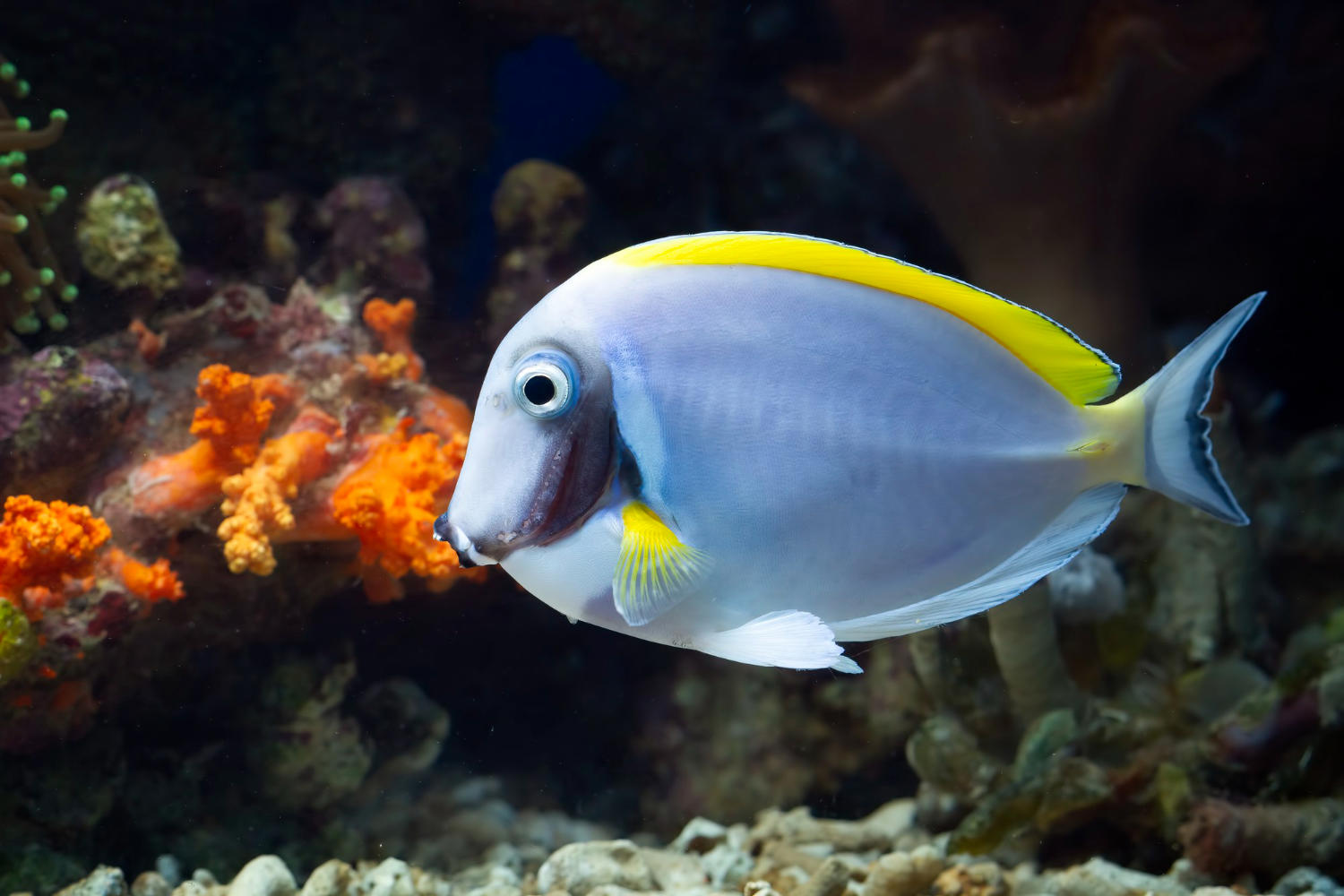

%20-%20Copy.jpg)
.jpg)
